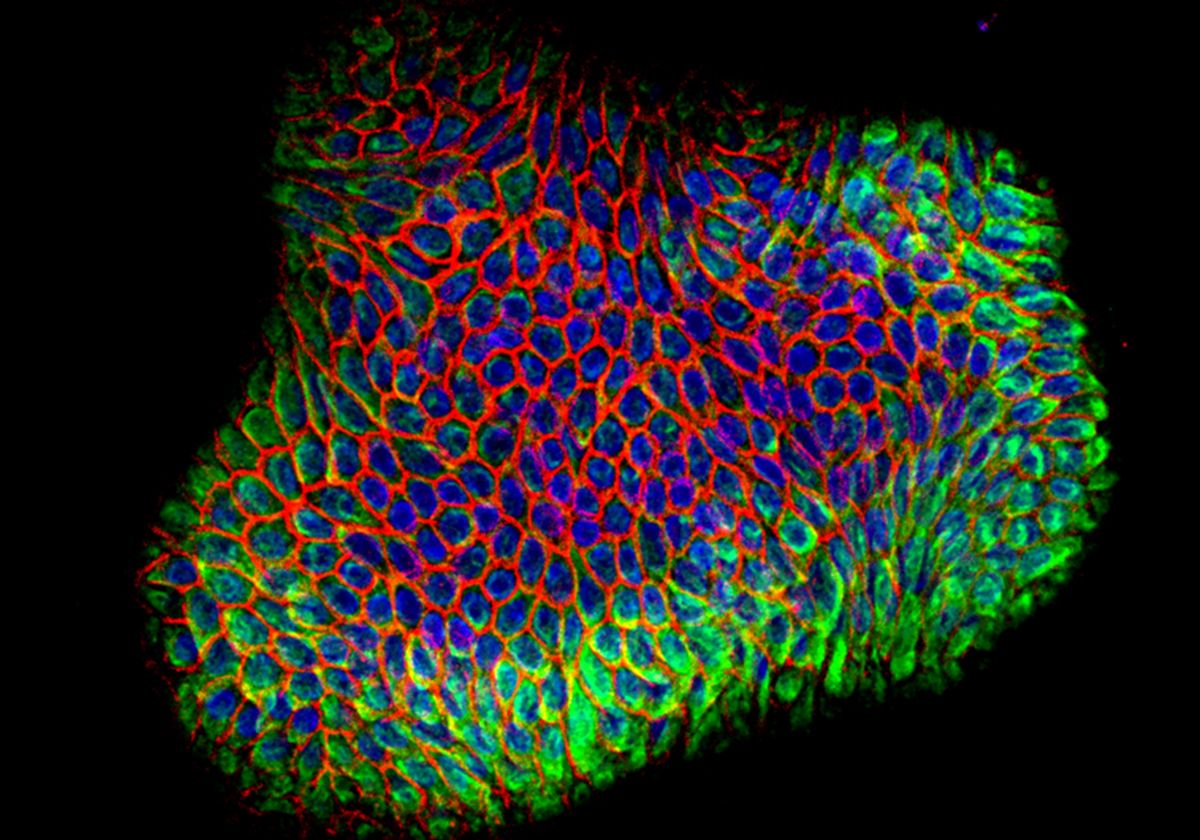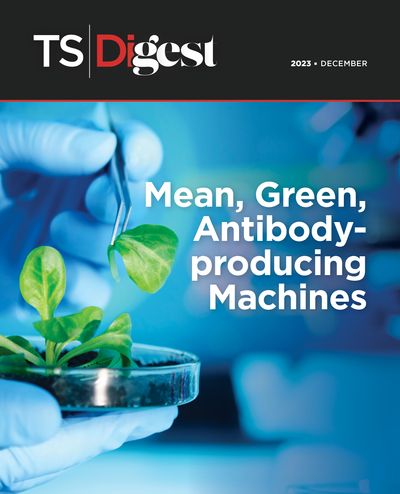Pancreatic Organoids Take the Stage
Meritxell Huch tackled her pipedream of growing three-dimensional pancreatic tissue in a dish.

The early days of stem cell culture set the stage for organoid research by spotlighting highly proliferative tissues such as the small intestine, stomach, and liver. Excited by the potential specificity for disease modeling, Meritxell Huch, now a stem cell biologist at the Max Planck Institute of Molecular Cell Biology and Genetics, stepped into the organoid scene during her time as a postdoctoral researcher in Hans Clever’s laboratory at the Hubrecht Institute.
Huch first succeeded at culturing stomach and liver organoids; then she decided to translate the technique to the pancreas, which was notoriously challenging for its low proliferative capacity.
On a Friday evening in 2010, Huch isolated pancreas cells from surplus lab mice, placed the cells into a culture plate, and incubated them. The next morning, she apprehensively imaged the sample. When she peered into the eyepiece, she was thrilled to see the cells expanding in a three-dimensional manner. She had created the first pancreatic organoids.¹
“It was obvious from the very first experiment that it was going to be possible,” said Huch. “It became evident that [these organoids] were going to be important as tools to understand concepts we couldn’t study before.”
Over the next year, Huch iterated on her protocol to grow and visualize organoid morphology effectively. In the image shown here, she tagged pancreatic ductal cells with fluorescent dyes to mark the nuclei in blue, actin cytoskeleton in red, and a stem cell marker in green. These markers allowed her to visualize the organoids in 3D. This preliminary work provided useful insights into the pancreatic organoids' architecture.
Huch further validated organoids using other cell markers, which set the stage for her work on pancreatic cancer organoid models.² These models transformed Huch’s work on disease modeling and became an emergent platform for precision medicine in pancreatic research.
- Huch M, et al. EMBO J. 2013;32:2708–2721.
- Boj SF, et al. Cell. 2015;160(1-2):324-338.

